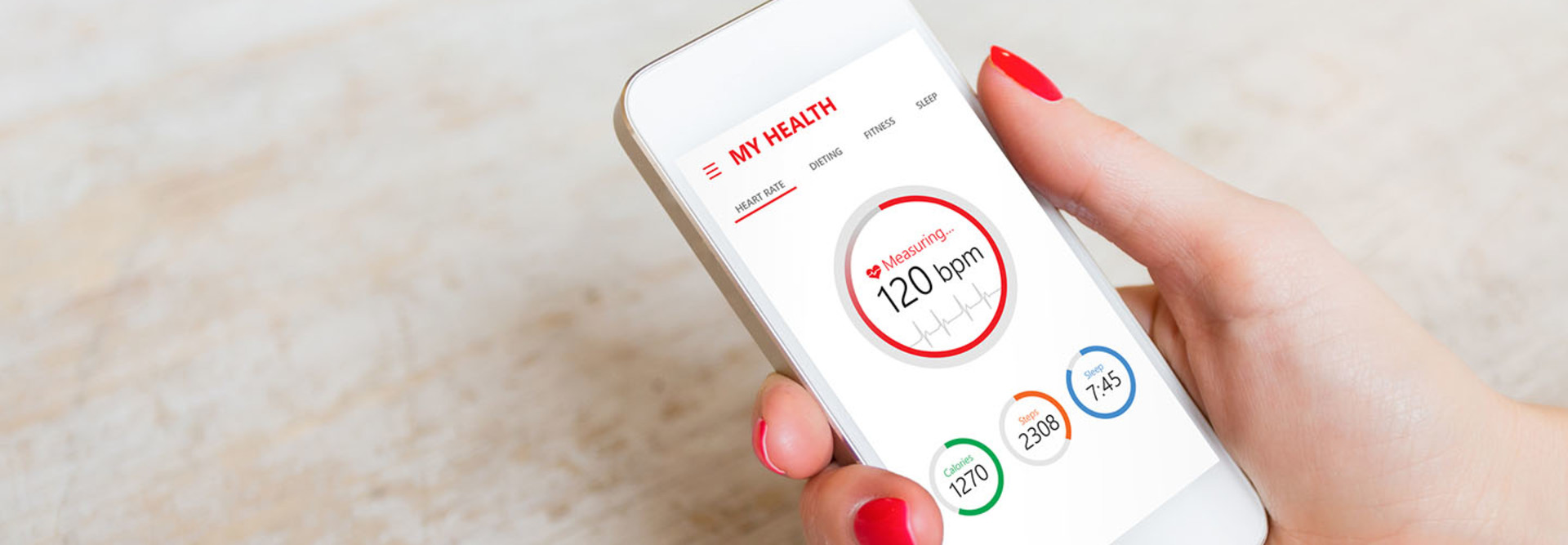Health IT Spurs the Potential for a New Digital Divide
The internet is proving to be an effective way to connect patients to health information, but a new study finds that a lack of digital literacy means not all Americans are tapping into online resources. In fact, approximately one-half of American adults exhibit low health literacy and thus struggle to find and use health information, according to a recent study by the University of Texas at Austin.
Health information technology (HIT) can help to improve health outcomes by making health information available directly to patients through electronic tools, including patient portals, wearable technology and mobile apps. But an inability to understand or trust these resources means large segments of the population are missing out on useful information.
“Health information technologies have seen widespread adoption in recent years, and the pace of development and capabilities of such tools will only increase in the future,” Michael Mackert, deputy director of UT Austin’s Center for Health Communication, told the university’s paper. “So there is a pressing need to understand how health literacy is related to the adoption and usage of these technologies to ensure that all users receive the full health benefits from these tools.”
The study found that low health literacy, on the other hand, is associated with poorer health. It disproportionately impacts racial and ethnic minorities, according to the study, and it’s driven largely by a mistrust for digital tools.
“Just as someone might hate Congress but like their own congressman, they could be skeptical of information from the CDC or a website and would rather talk to their doctor,” Mackert explains to the UT Austin newspaper.
Improving Health Literacy and Digital Trust
With health literacy applying to everything from reading medication labels to following instructions from healthcare providers, the need to improve models of communication to provide clear and compelling information is a pressing matter, the study notes.
But many patient portals or health apps aren’t quite user friendly. In fact, a recent patient engagement survey by CDW found that while 98 percent of patients say they now have access to a patient portal — a huge jump from previous years — only 29 percent of patients would give their providers an ‘A’ for their use of digital tools.
By working to ensure that digital tools like portals are easy to use, vendors and healthcare organizations can work to close the digital divide and encourage the use of healthcare technologies.
“Our results suggest that the actual design of HIT apps, ranging from wearable technology to patient portals, has room for improvement so that lower health-literate audiences will perceive the apps as more useful and easy to use … Given that more health-literate users still appreciate the simplicity and approach of interventions designed for lower health-literate users, a focus on design and usability for lower health-literate users would benefit all users,” the study finds.
Moreover, as with people, first impressions for patient portals are very important. Creating a simple, user-friendly format right off the bat could work wonders in upping engagement for HIT.
Figuring out ways to foster trust with less health-literate patients may be a bit more nuanced, but provider-vendor partnerships can help.
“The greater feelings of trust in health care providers among lower health-literate users suggest that companies and government organizations interested in rolling out new HIT to lower health-literate populations should consider partnering with trusted health care providers to help ensure adoption,” the study concludes.









